Your support team spends hours answering the same questions every day. Customers wait for responses while your staff juggles order status checks, shipping updates, and basic product questions. A simple WhatsApp chatbot can handle these routine tasks automatically, giving your team time for what really matters.
What Is a WhatsApp Chatbot?
A WhatsApp chatbot is an automated assistant that responds to customer messages instantly. It can answer common questions, collect customer information, and route complex issues to human agents. Think of it as your first line of customer support that never sleeps.
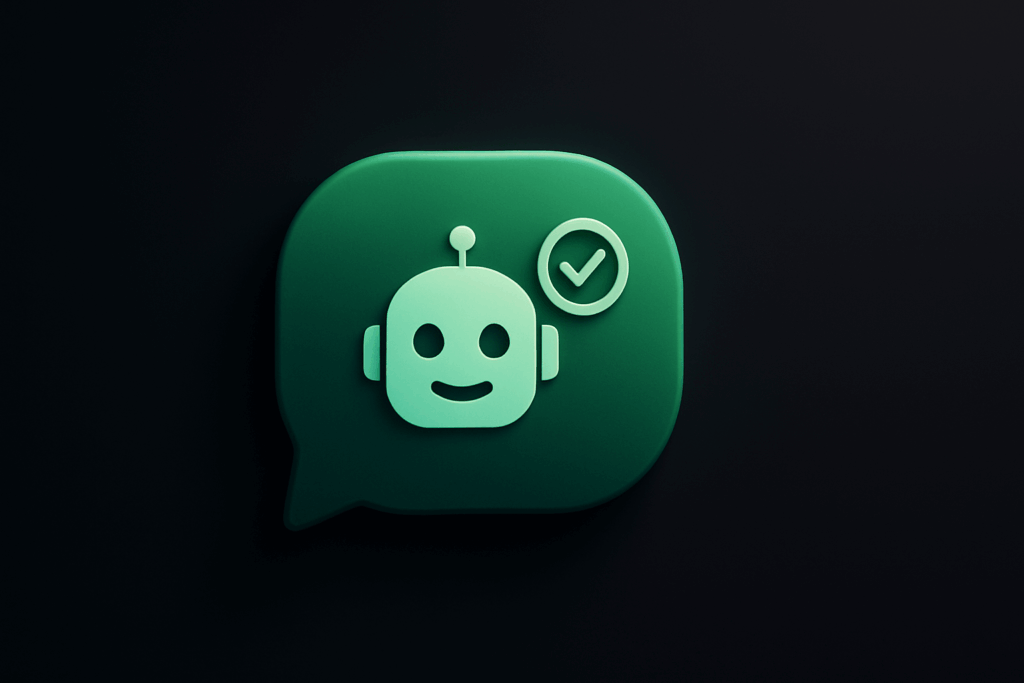
Why Your Business Needs This Now
Customers expect fast responses on WhatsApp. When they message about order status or store hours, they want answers in minutes, not hours. If you’re new to this, start with our WhatsApp Automation 101 guide to understand the basics. A chatbot delivers instant responses while your human team handles sales calls, product recommendations, and complex problem-solving.
The math is simple. If your team spends 30% of their time on repetitive questions, automation frees up that time for revenue-generating activities. Your customers get faster service, and your team focuses on conversations that drive sales.
For ecommerce businesses, this becomes even more critical during busy seasons. While your team sleeps, the chatbot handles international customers, processes simple requests, and captures leads for follow-up.
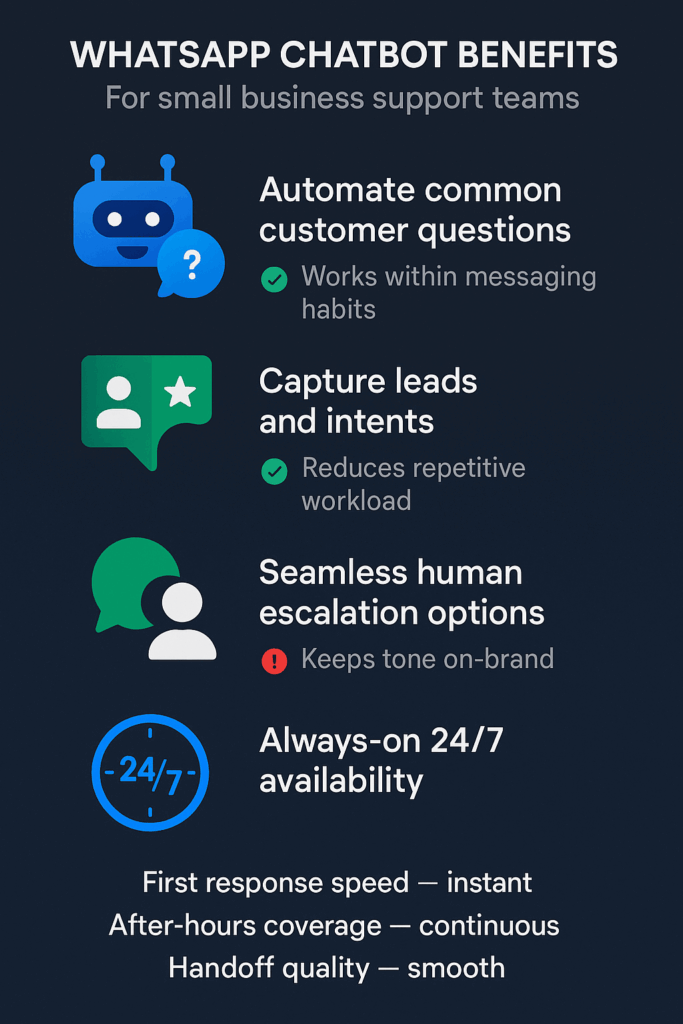
Getting Started With WhatsApp Automation
Start small and build gradually. Here’s how to approach your first chatbot:
- Map your most common questions first. Look at your support tickets from the last month. Identify the top 5-10 questions that come up repeatedly. These become your chatbot’s first responses.
- Create simple conversation flows. Write out how a human would answer each common question. You can also use WhatsApp Auto Reply to handle quick responses before moving into full chatbot automation. Keep responses short and friendly. Include options for customers to reach a human agent when needed.
- Test with a small group before going live. Run the chatbot with your team first, then with a few loyal customers. Fix any confusion before rolling it out to everyone.
The goal isn’t to replace human support entirely. It’s to handle the routine stuff so your team can focus on complex issues and building customer relationships.
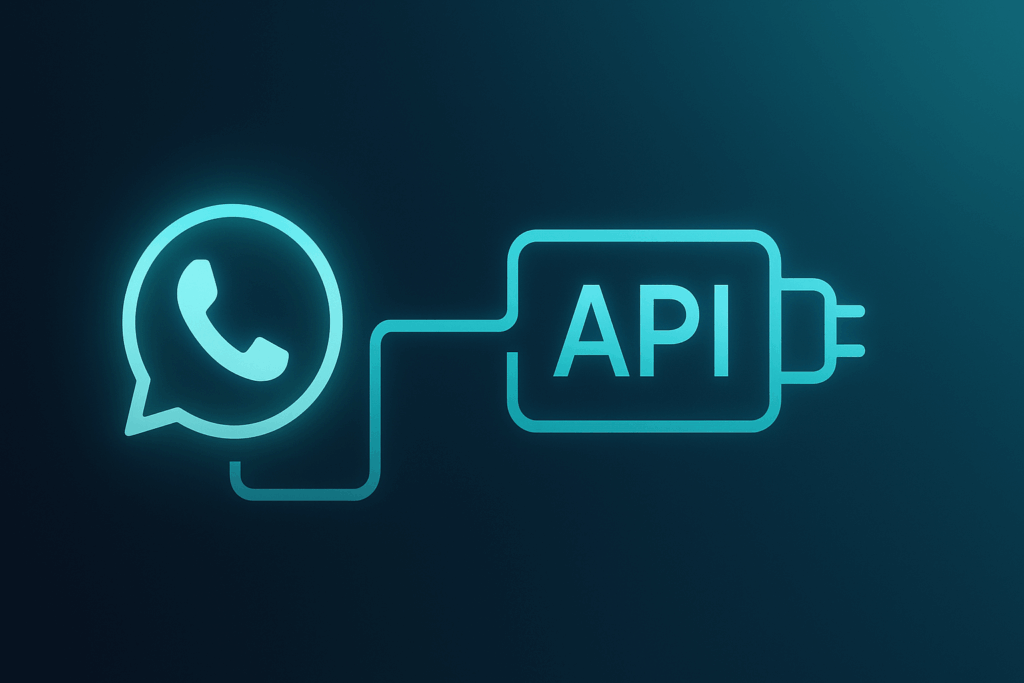
Key Metrics to Track
Watch these signals to know if your chatbot is working:
- Response time improvement. Measure how quickly customers get initial responses compared to before automation.
- Resolution rate for common questions. Track what percentage of basic inquiries the chatbot handles without human intervention.
- Customer satisfaction scores. Survey customers who interact with the chatbot to ensure they’re getting helpful responses.
- Team productivity changes. Monitor how much time your support team saves on routine tasks and what they accomplish with that freed-up time.
- Escalation patterns. Note which conversations the chatbot sends to humans most often. This shows you where to improve your automation.
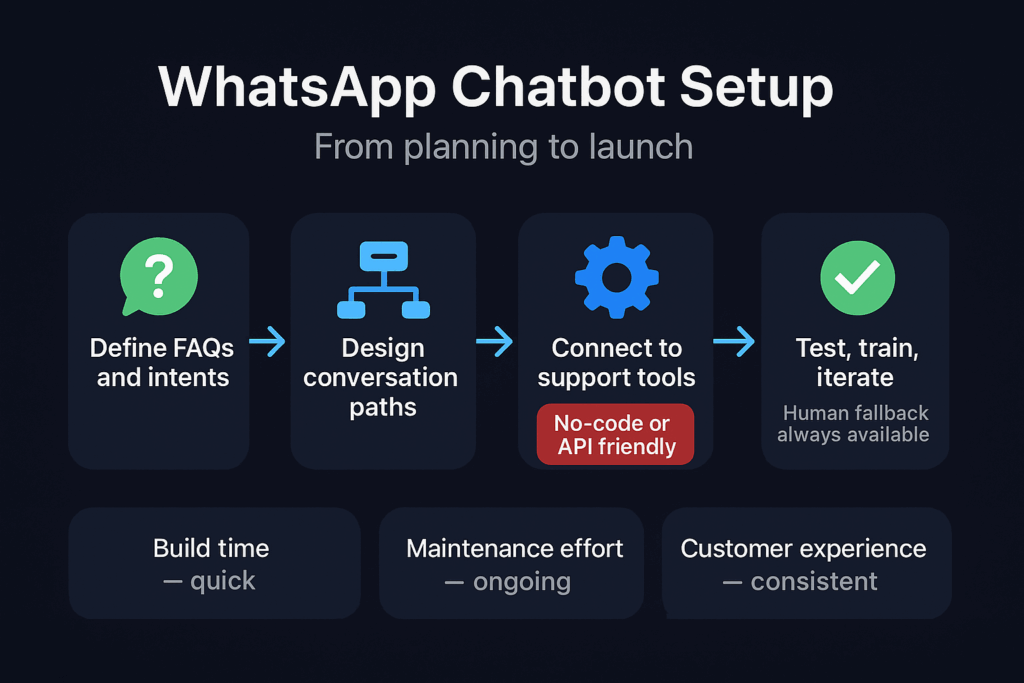
Essential Safeguards
Protect your business and customers with these checks:
Always provide an easy path to human support. Customers should be able to type “agent” or “human” at any time to reach your team. Never trap people in automated loops.
Review and update responses regularly. Business policies change, new products launch, and customer questions evolve. Schedule monthly reviews of your chatbot’s responses to keep them accurate.
Respect customer privacy. Only collect information you actually need, and be clear about how you’ll use it. Avoid asking for sensitive details through automated messages.
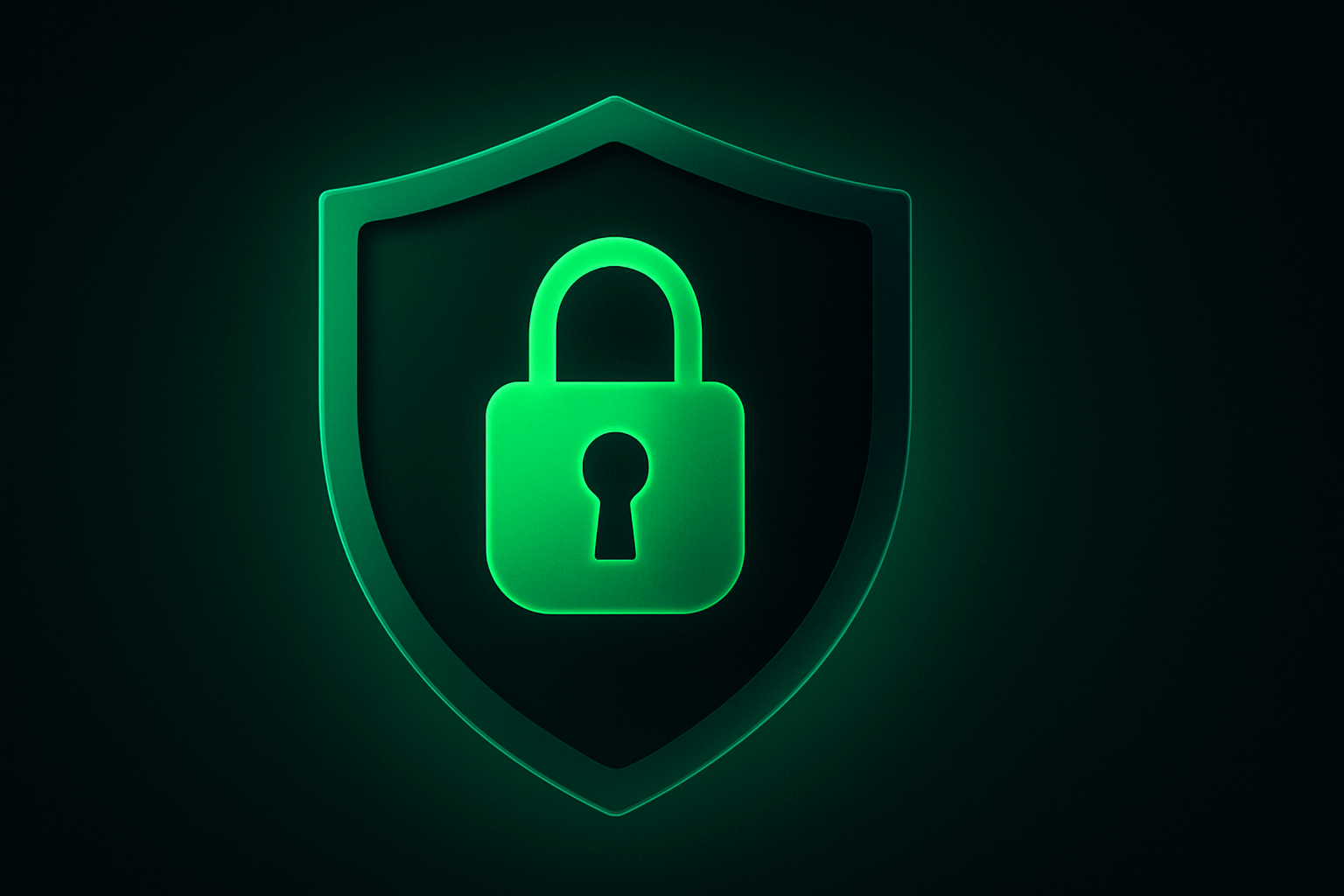
The Cost of Waiting
Every day without basic automation means your team handles the same repetitive questions while more valuable work waits. Customers experience longer response times, especially outside business hours. Your competitors who implement chatbots first gain an advantage in customer experience.
The setup process is simpler than you think, and the impact on your team’s workload becomes obvious within weeks. Start with one common question type and expand from there. Your future self will thank you for beginning today.
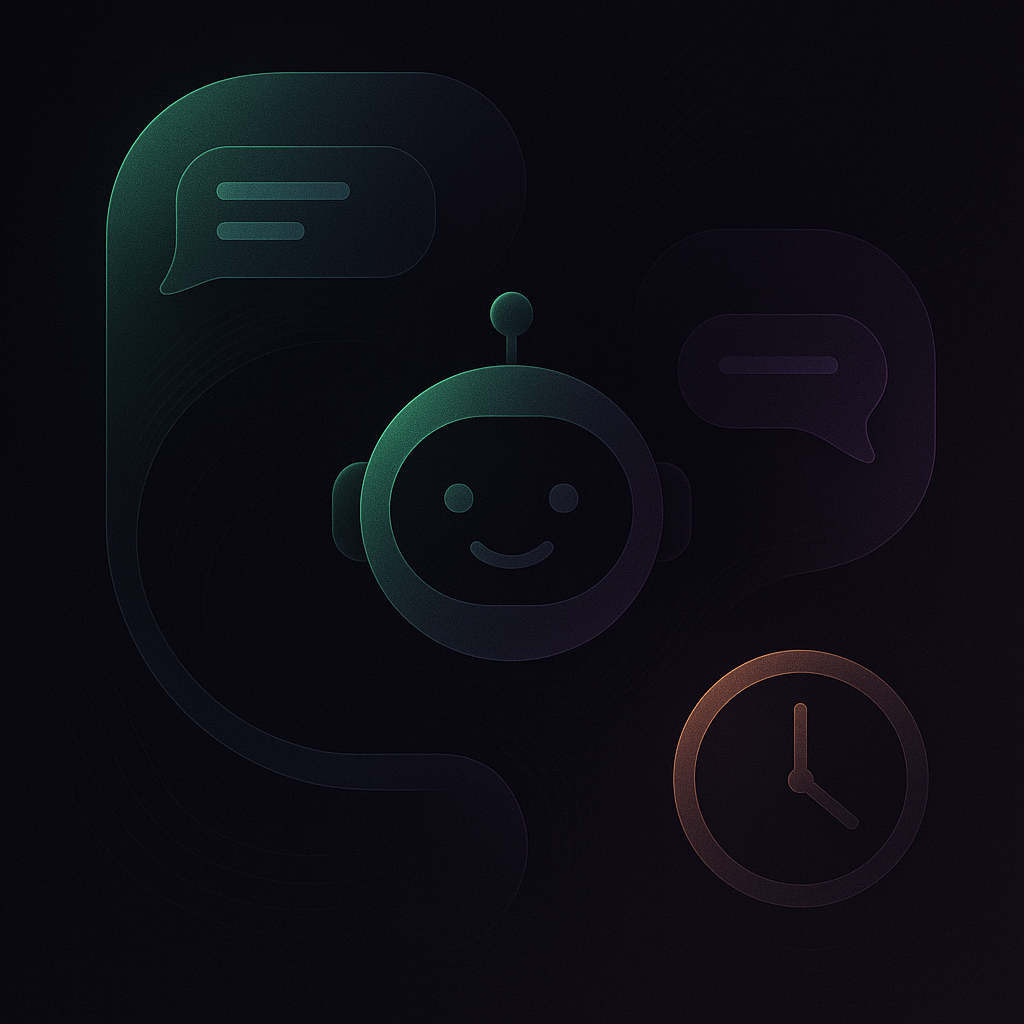

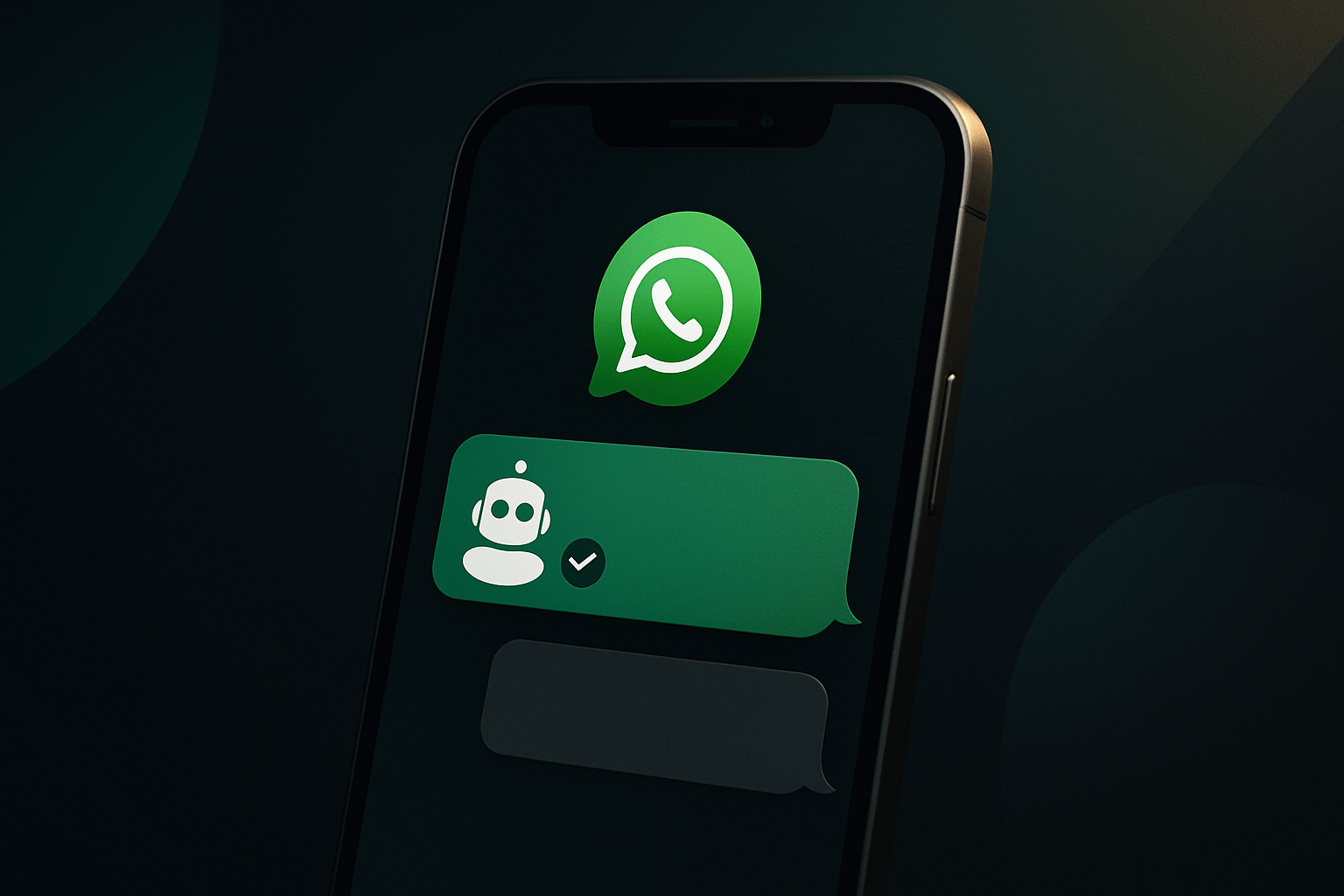
Leave a Reply